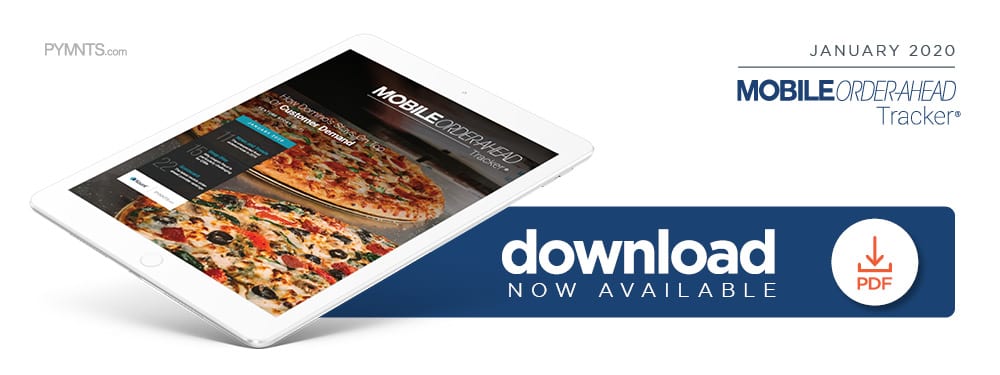Deep Dive: Coupon Fraud Chows Down On QSR Profits

Coupons are time-tested ways for quick-service restaurants (QSRs) and other eateries to attract new customers. A study from Publishers Clearing House found that they were, by far, the most effective incentive in getting people to try restaurants: 50 percent of women and 44 percent of men cited coupons as the primary driver for eating somewhere new.
The desire for discounts extends to the digital sphere, as the same study found coupons and savings to be respondents’ most-wanted QSR app feature, sought after by 50 percent of women and 45 percent of men. The next-most popular feature requested — loyalty rewards — was desired by only 29 percent and 30 percent of women and men, respectively.
Coupons and discounts can be risky, however, because a subset of customers aim to exploit them. Coupon fraud is particularly dangerous for the restaurant industry, where margins are razor-thin and any profit decline could spell disaster.
What Is Coupon Fraud?
Fraudsters exact coupon fraud in various ways. One of the most common (decoding) is also the simplest. In this case, fraudsters intentionally apply coupons to the wrong menu items and pressure cashiers into accepting them — typically to get larger sizes of similar products, rather than entirely different items. Other methods involve illegally altering coupons, as some fraudsters adjust terms, expiration dates or even barcodes. Still, others photocopy coupons to use multiple times at different locations.
Coupon fraud costs U.S. businesses anywhere between $300 million and $600 million per year. A recent study found that in 2019, coupon fraud rose by 12 percent year over year — indicating that it is still very much a problem, despite shifts to digital discounts.
There is a distinct difference between extreme couponing and coupon fraud, though. The former uses only the legal terms and conditions to achieve maximum savings, while the latter falsifies coupon information or obtains coupons illicitly. Extreme couponing can be mitigated by carefully defining coupons’ limitations, but halting coupon fraud requires a more forceful hand.
Employees Should Keep An Eye Out
Ways to halt coupon fraud fit largely into two categories. The first category involves educating employees to identify fraudulent coupons, and avoid becoming unwitting accomplices. Many coupons that appear too good to be true — offering a 50 percent flat discount or a buy-one-get-one deal for anything on the entire menu, for example — are actually fraudulent. Another red flag can be no visible link to a QSR’s website, something all legitimate coupons have.
The Coupon Information Corporation, a watchdog group that monitors the coupon industry, maintains a running list of current fraudulent coupons for QSRs, retailers and other businesses. Employees should cross-reference suspicious customer coupons with databases like these, as other stores have likely already seen and logged fakes.
QSRs should also take steps to prevent employees from colluding, whether willingly or unwillingly, with those perpetuating coupon fraud. Restaurant managers can require that coupons be stapled to receipts, or personally bring checks to customers using coupons to prevent reuse. Tracking coupon-related purchases can help reduce employee fraud as well, as managers can see if certain staffers have higher acceptance rates than others, allowing them to red-flag such transactions.
Using Technology To Prevent Fraud
The second — and more permanent — solution to coupon fraud is replacing paper coupon usage with digital discounts. Digital coupons are practically immune to several types of fraud, according to John Ross, innovation adviser and industry partner for data analytics and commerce services provider Inmar Intelligence.
“The fact that these coupons never manifest as paper, along with the requirement that shoppers acquire these coupons by attaching them to registered, uniquely identified accounts, eliminates the possibility of physical duplication and/or sharing of these types of offers,” Ross said in 2016. “In addition, systematic … limits help prevent unintended multiple redemptions by a single individual, while guarding against general over-redemption.”
Several proprietary digital coupon solutions exist. One comes from platform developer Sparkfly, which launched a mobile coupon-code-redemption system in 2016. The system allows QSRs to generate original date- and time-stamped coupon codes that are deleted once they expire or are used at the point of sale. This eliminates several coupon fraud methods, making it impossible to copy coupon codes or present expired coupons.
Digital coupons are not perfect, however. Hackers occasionally steal individuals’ coupons, and attach them to their own accounts by intercepting requests from victims’ devices and providers’ servers. Fraudsters can then return items purchased via coupon for their full prices. These methods are much rarer than paper coupon fraud, though, making digital coupons much safer overall.
Rising mobile order-ahead adoption has a good chance of making paper coupons obsolete. Coupon fraud will hopefully follow close behind.

